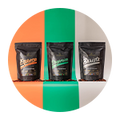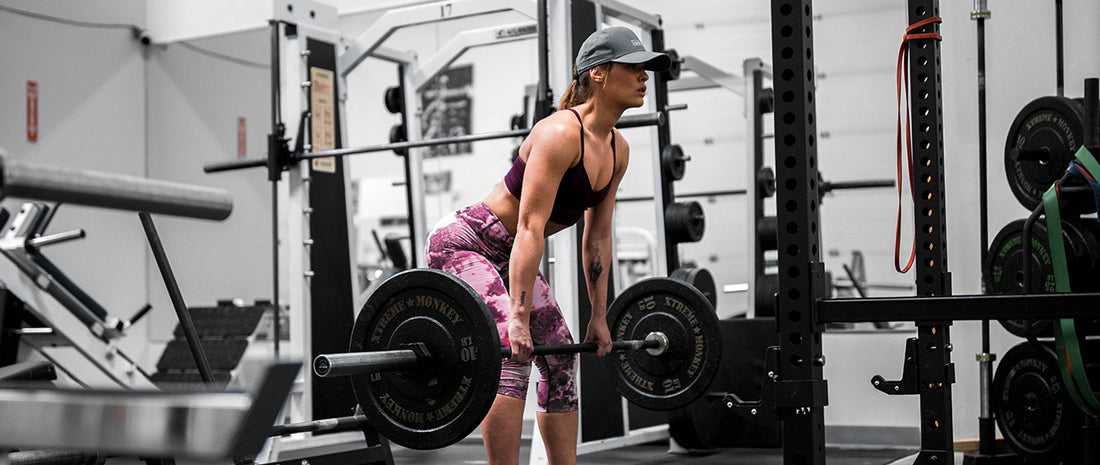The menstrual cycle is a key consideration for many when it comes to a myriad of daily activities. It’s a natural process that involves a complex pattern of hormonal changes, and for some, the side effects can make training feel a little more difficult.
A common misconception is to reduce the frequency of training during menstruation, however studies dictate that there may be a better approach! This approach considers the phases of the menstrual cycle, which are broken up into four stages; menstruation, the follicular phase, ovulation and the luteal phase.
Let’s dive in deeper to each of these phases, and discuss recommended considerations when it comes to keeping health and wellness goals on track throughout.
MENSTRUATION
Menstruation, colloquially referred to as the period, is the phase in which a number of hormone levels will be at their lowest, and the effects of this will be felt in no small amount! A feeling of lethargy can take over; days feel longer and exhaustion doesn't seem to let up. Because of this, some may find it difficult to self-motivate. However, it can also provide a good opportunity to implement temporary changes to regular training and sleep routines, for a more balanced approach if required.
Improving the quality of sleep, reinforcing good dietary behaviours, and altering the approach to training can do wonders for achieving meaningful movement during this phase. Low intensity steady state training can help prioritise quality of movement during menstruation, compliment low hormone levels, and avoid frustration around a potential (temporary) decline in performance.
THE FOLLICULAR PHASE
The follicular phase marks a rise in hormones, and also a potential increase in strength, energy, and mood. This progressive build of hormone production spans a duration of 13 to 14 days, and with it, a surge of mental clarity and freshness. Training will begin to feel good again, and days will feel easier to tackle! At this stage, training intensity can begin to level up as the body’s tolerance to increased intensity will match the rise in hormones.
OVULATION
Ovulation; the peak, bringing with it a sense of invincibility that radiates from within. Hormones are plentiful, and the amazing chain of hormonal events that lead to ovulation are the result of your oestrogen peaking. Performance will also peak, and the sky's the limit when it comes to training. Receptiveness to high intensity, higher resistance training will increase, and the drive that ovulation brings to overall performance will be gratefully received.
PRE AND POST LUTEAL PHASE
As the body progresses through the luteal phase, it is a conduit for a flurry of hormonal changes. The body adapts to this process, which sees oestrogen decline and progesterone rise. After the body has peaked in one hormone throughout the ovulation phase, it makes the necessary changes to prepare for menstruation by increasing the other. The pre-luteal phase will see oestrogen begin to decline, and to make the most of it, higher intensity, higher resistance training is still received well post ovulation.
As the body progresses throughout the luteal phase, it will culminate into the post-luteal phase with a peak of progesterone. During this phase, a slight reduction in training intensity could be advisable. As the body makes the necessary physiological changes to prepare for menstruation, physical symptoms may be experienced so it is important to listen to what the body needs.
IN SUMMARY
The menstrual cycle is a process that many people experience hundreds of times in their lives. Tracking this cycle and how it impacts regular training will allow for an approach that promotes a more intuitive lifestyle, and help prioritise training choices to compliment every phase.
Anyone who menstruates experiences their cycle differently, the intensity of the changes to the body is highly individual and can affect multiple facets of every day life. However, understanding the changes experienced will allow for adaptations to be made to training to support the menstrual cycle, rather than working against it.
The key takeaway is to do what feels right on an individual level, and prioritise what will best support long term goals during every phase - and if that includes caffeinating to survive, we've got that covered too! 😉










